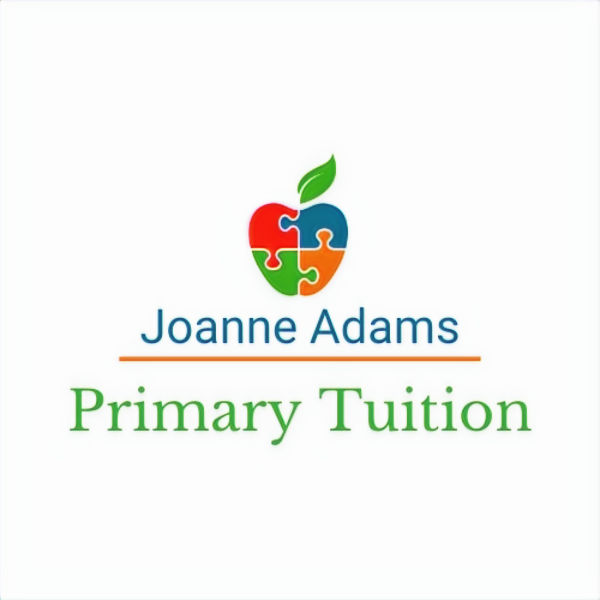When is the right time to learn the division facts?
- Joanne Adams
- Nov 29, 2022
- 3 min read
Updated: Oct 28, 2024
Many parents receive feedback in Year 5 and 6 that their children need to learn their times tables and division facts, which can feel overwhelming.

The truth is children will have been working on division from as as early as Reception but not using the terminology 'division'. Children begin to learn about division through the phrase 'share equally'. with lots of practical exploration. Sharing sweets between family members or sharing out counters equally for a game. It's important that children see division in real life contexts rather than just seeing it as something that they just do in school.

Once children have had lots of practical experience sharing items into equal groups, they are able to group items within pictures too.
The next step in developing children's understanding is to show them how to create jottings of their own to work out questions. These jottings are called arrays. You may remember them from my blog on multiplication.
When children are given a question like: 15 ÷ 3 =, they are encouraged to work this out using rows of dots in the early days. Children draw the dots in rows of 3 to see how many rows it makes. This method is also a good way for children to understand remainders at a later date too.

Lots of work needs to be carried out on the practical and visual elements of division before moving to the abstract step of learning facts. If time is taken in learning these facts without any understanding behind them, children cannot relate these numbers in other areas of maths like reasoning about fractions, percentages, proportion and other maths skills that are closely related.
Finally, we come to learning division facts. Or do we?
If your child knows their times tables facts, they already know their division facts. The only difference is that they may not understand that division is closely related to multiplication and that they are in fact the inverse (the opposite way around). This is where the Fact Family Triangles are brilliant in help children to see the relationships between these numbers.

One of the tasks I carry out with children in Year 3 - 5 is to fill in the missing numbers on a Fact triangle and then write out the four facts that relate to it:
10 ÷ 5 = 2
10 ÷ 2 = 5
5 x 2 = 10
2 x 5 = 10
The above may seem really easy and obvious to us as adults but children often go into autopilot and write facts such 2 ÷ 5 = 10. One of the things I ask children when this occurs is to take some counters and test the facts they have written. Once they have tested this, the experience then tells them that there is reasoning and order behind the triangles and not a random act of magic.
In essence, whilst teachers often report to parents that their children need to practice their division facts it really means, children need to be secure in their times tables facts and understand the relationship of these to division. Children don't need to go out and start from scratch to learn division facts; they just need to be secure in their times tables.
Why not download my FREE Multiplication Mat to get you started. You may also find my Busy Bees Times Tables workbook useful too. Available on Amazon.
Happy dividing.
Joanne Adams



Comments